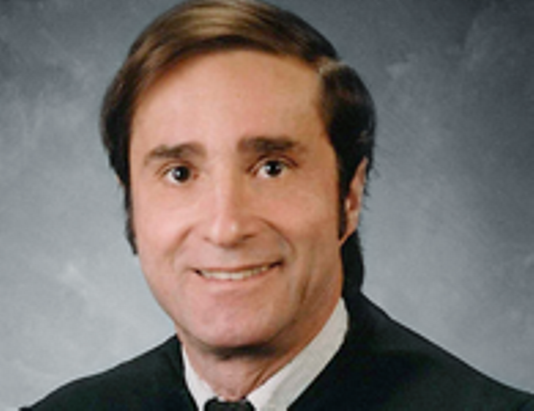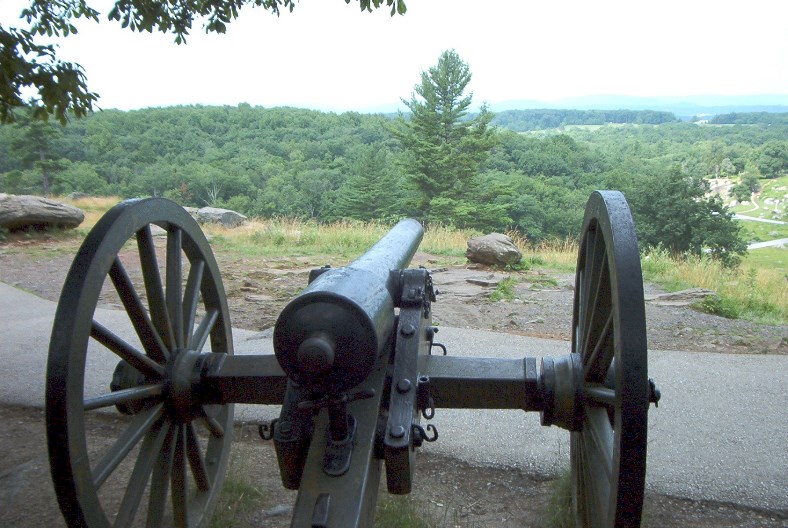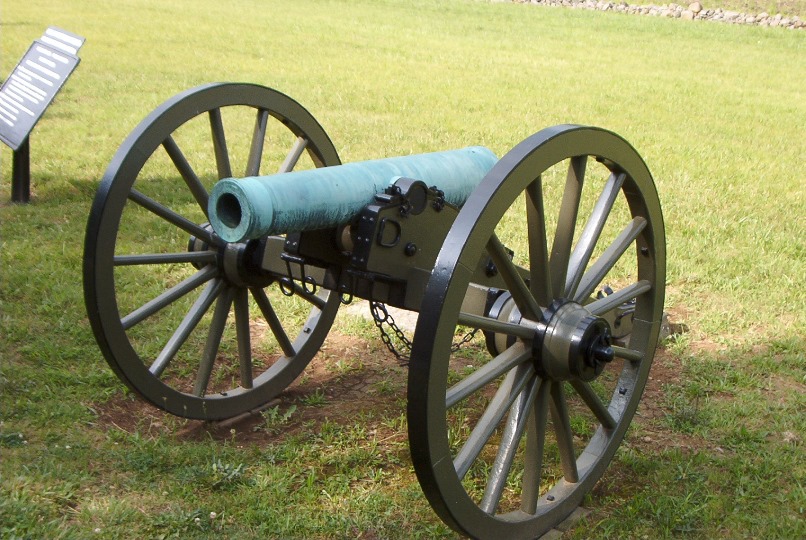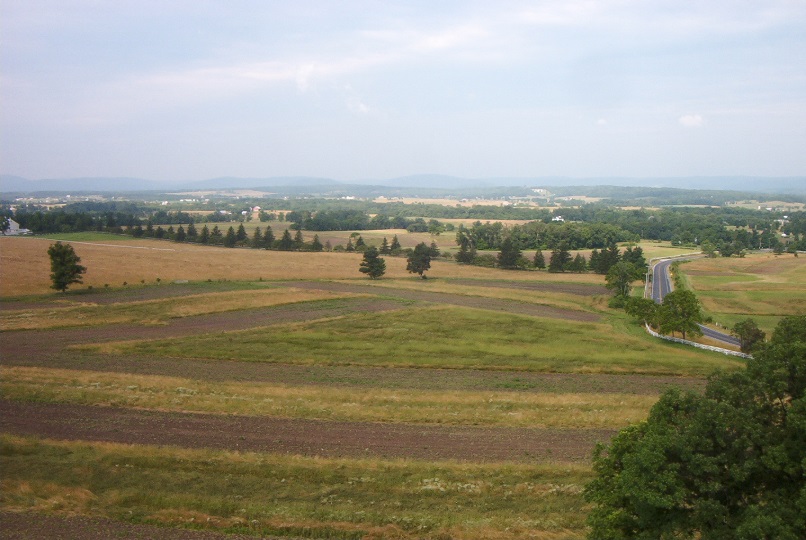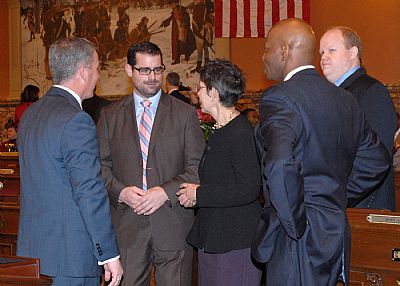Franklin Horner had orders to march at daylight, but because of the Union troops concentrating in the Frederick, MD, area, his unit did not get started until 1:00 p.m. They marched about 10 miles and went into camp at 11:00 p.m.
Thomas Ware’s regiment, along with the 17th Georgia and other from the division were sent to destroy four miles of railroad north of Chambersburg, a place called Scotland Station. They tore up all the rails and burned the ties and a substantial bridge along the way, then returned to their camps. He writes of the “Q Masters” (Quartermasters) continuing to gather up all the horses and beef cattle they can find. Some of his comrades see the finer horses in the area tied up in the woods in an attempt to hide them from the round up.
One thing I forgot to mention yesterday: When Horner and the men of the 12th Pennsylvania Reserves are attached to the Fifth Corps, they also find that they have a new commanding general for the entire army. Major General George G. Meade, formerly commander of the Fifth Corps, was ordered to replace Major General Joseph Hooker as commander of the Army of the Potomac.
For Meade it is a dubious distinction. To go from commanding a corps to an entire army in the midst of an active campaign and the invasion of the north by the enemy threatening to capture his home state’s capital is a lot to put on any commander’s plate. Overnight he goes from commanding one corps to commanding eight times that many men, all needing to be fed, supplied with enough ammunition and supplies in case a battle looms, and ordered where to march without impeding one another to intercept the greatest threat to the nation’s security in its history. Interestingly, either Horner hasn’t heard or he’s more concerned with his own sore feet, or where he’s going to get his next meal, but he doesn’t even mention the change in high command in his diary entries.
Though Horner only marches 10 miles this day, it takes 10 hours to do so. It was stop and go, apparently because of the concentration of Federal troops attempting to stay between the invading Confederates and Washington. The good news is that the Union army is taking the “inside route” while the Confederates swing wide to the north and east and must march farther.
(Taking a short break to speak and sign at the Adams County Winery’s 150th Anniversary Commemoration day. I’ll be right back!)
(Did you miss me? What a great day. Gorgeous weather in the beautiful mountains near Cashtown. Spoke to a BUNCH of interesting people. Saw some old friends from the Licensed Battlefield Guides. Thanks, Rob, for a well-done event. Okay. Back to the blog….)
Railroads are historically protective of their right-of-ways, some of which were established in the early 19th Century, so it’s easy to find some of the places Ware mentions along the railroad north out of Chambersburg, since they haven’t changed much in 150 years.
The railroad bridge at Scotland, PA, is made of stone and concrete now, but does rise some fifty feet above the river, as Ware records about the old wooden bridge.
In an interesting sidelight, Scotland, PA, is the ancestral home of my wife Carol. It wasn’t until her mother Phyllis told me that the Chambersburg Country Club property included the building that had been her ancestor’s home that we made the connection between Thomas Ware, a soldier I chose somewhat randomly to write about and our relationship by marriage. The subject of my book on this day marched past the farm of my future wife’s ancestors 150 years before.



